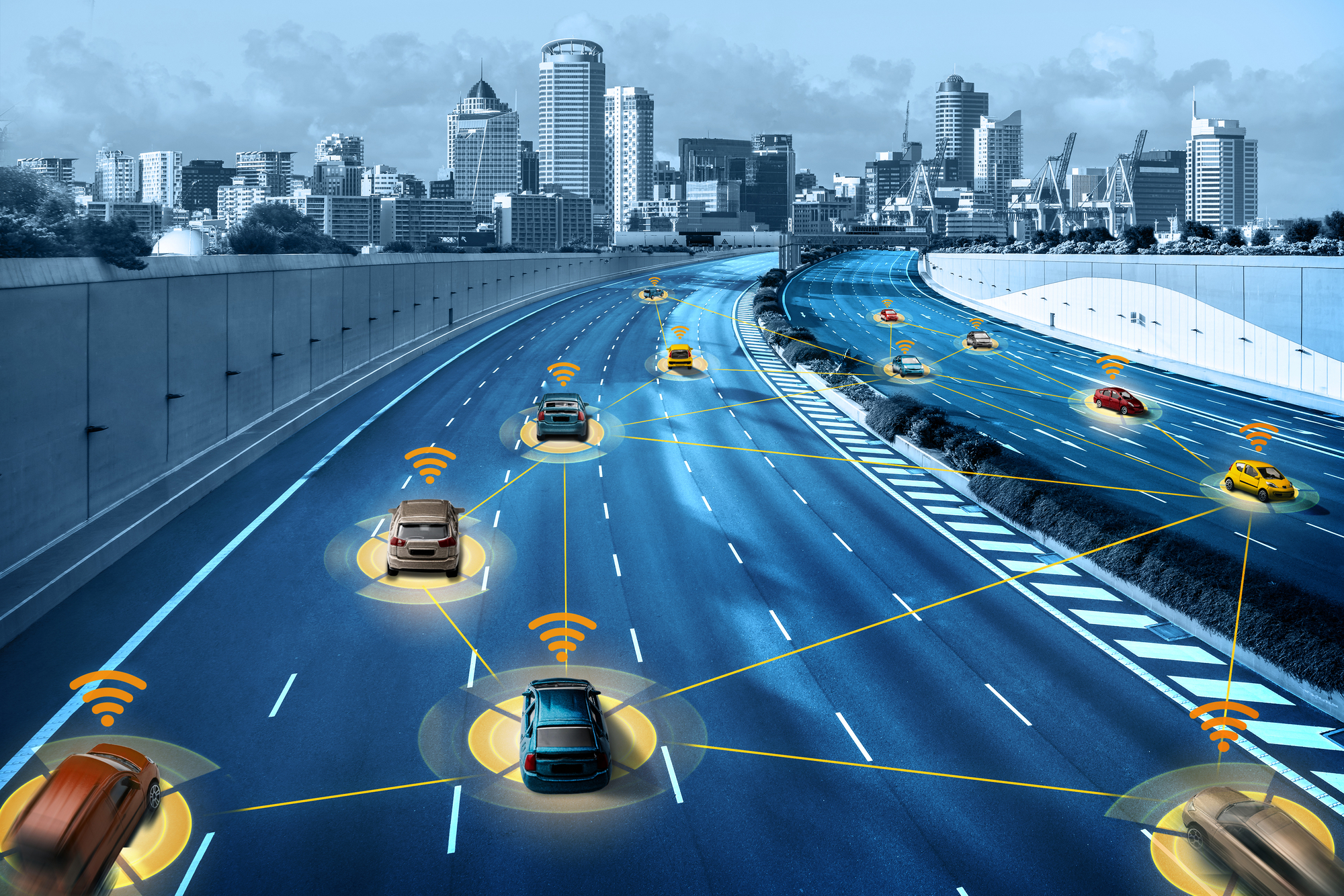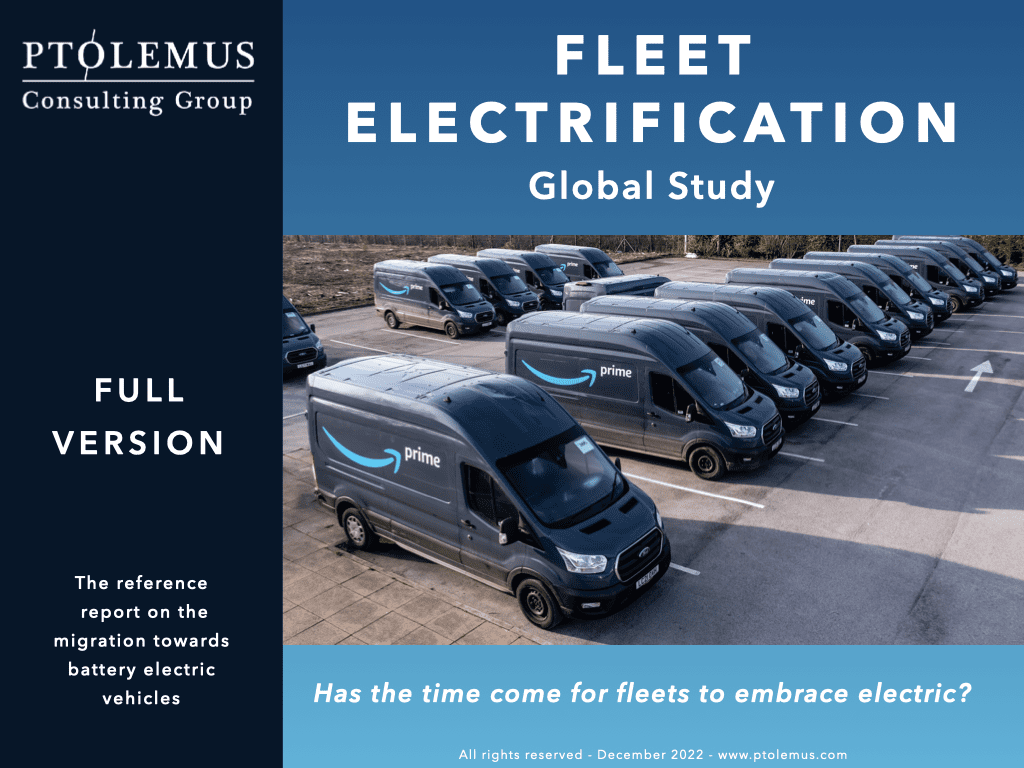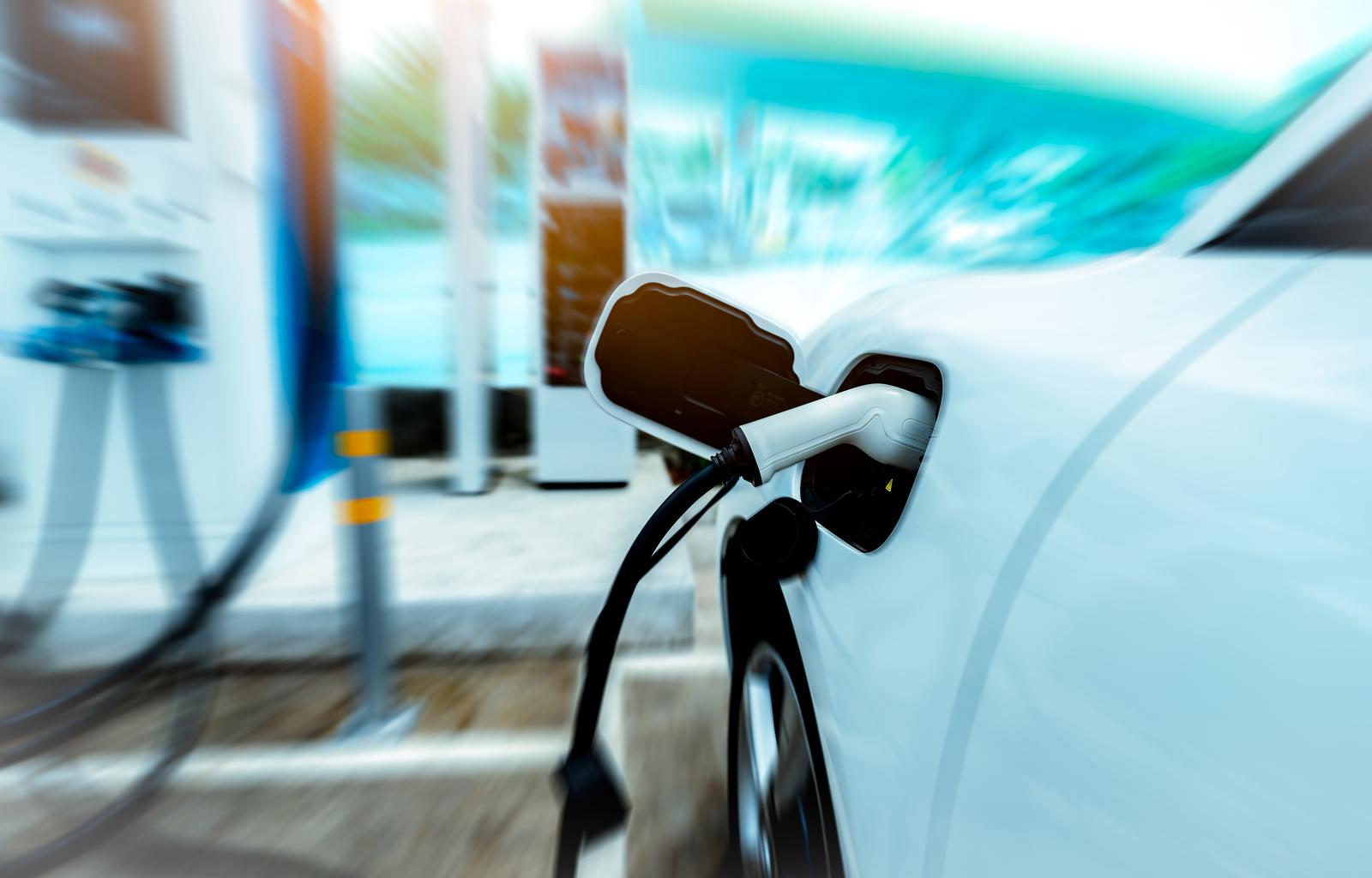What is V2X, Vehicle-to-Everything, technology?

V2X, Vehicle-to-Everything, refers to the exchange of data between a vehicle and any other entity in its environment or the exchange of power between an electric vehicle (EV) and another device.
As it refers to the exchange of information, V2X technology enables vehicles to communicate with other vehicles (V2V), infrastructure (V2I), pedestrians (V2P), and other devices (V2D), using a variety of wireless communication protocols such as cellular, Wi-Fi, and dedicated short-range communication (DSRC).
V2X is a key technology in the development of autonomous vehicles, as it allows them to collect and process real-time data from their surroundings, including traffic flow, road conditions, and potential hazards, in order to make informed decisions about how to navigate the road. V2X also has the potential to improve safety, reduce congestion, and enhance the overall driving experience.
V2X charging is a technology that allows electric vehicles (EVs) to return electricity to the grid or to power other devices such as buildings, homes or other EVs. This is done via the bi-directional flow of electricity.
With V2X charging, EVs can act as energy storage systems, allowing them to store excess energy from the grid when demand is low, and then return that energy to the grid when demand is high. This not only helps to stabilise the grid but also provides EV owners with additional revenue streams, as they can sell their excess energy back to the grid. The technology can also be used as an emergency system to provide power to homes (V2H) and buildings (V2B) in the case of power outages. Other use cases for V2X technology include Vehicle-to-Vehicle (V2V), Vehicle-to-Load (V2L) which allows an EV to power appliances and Vehicle-to-Farm (V2F) similar to V2L but for agricultural purposes.
V2X charging has the potential to revolutionise the way we think about the relationship between vehicles and the power grid, allowing us to create a more sustainable and resilient energy system.
To learn more about vehicle data and electric vehicles, see our leading market research into these topics and more.

